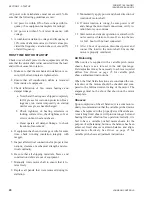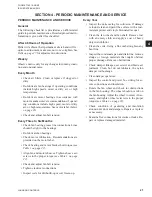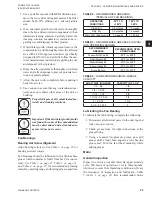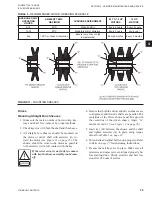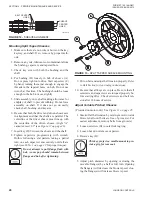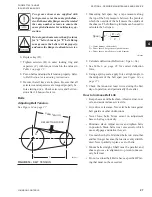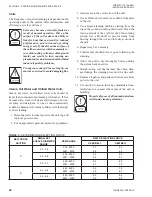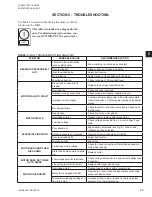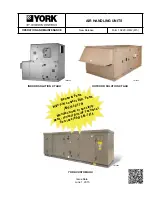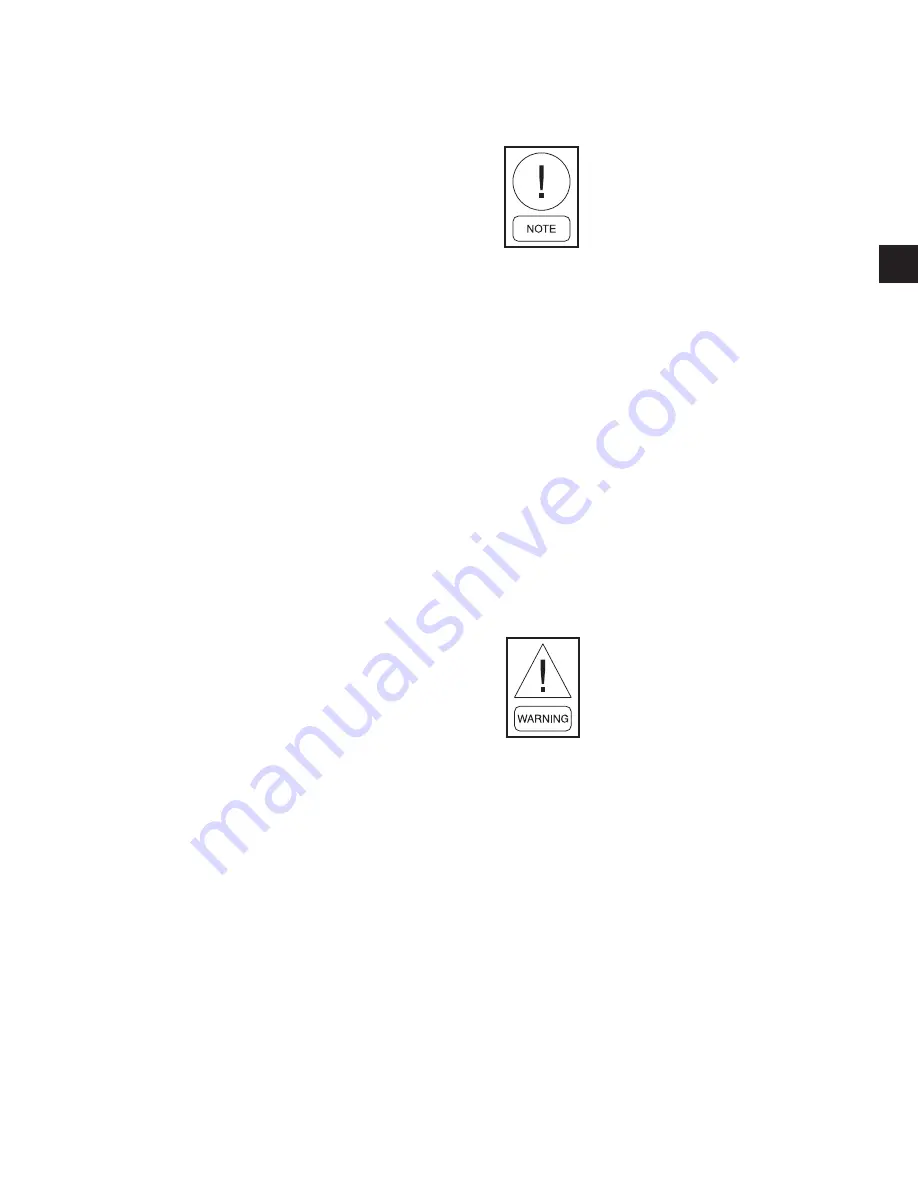
4
Refrigerant Coils
Refrigerant coils should be kept clean to maintain max-
imum performance. If fins become dirty, clean with
cold water and detergent, or one of the commercially
available chemical coil cleaners. Rinse coils thorough-
ly after cleaning.
1. Follow steps 1-4 from Steam and Water Coil
cleaning procedure preceding.
2. Mix a high quality coil cleaning detergent with
water accordance to the manufacturer’s instruc-
tions. If the detergent is strongly alkaline after
mixing (pH 8.5 or higher), it must contain an in-
hibitor. Carefully follow the detergent manufac-
tures instructions on the use of the product.
3. Place the mixed solution in a garden sprayer or
high-pressure sprayer. If a high pressure sprayer
is used note the following:
•
Maintain a minimum nozzle spray angle of
15 degrees.
•
Spray perpendicular to the coil face.
•
Protect other areas of the air handler and in-
ternal controls from contact with moisture or
the cleaning solution.
•
Keep the nozzle at least 6 inches from the
coil.
•
Do not exceed 600 psi.
4.
Spray the leaving airside of the coil first, then the
entering airside. Use a block-off to prevent spray
from going through the coil and into dry sections
of the unit and/or system ductwork. Carefully fol-
low the cleaning solution manufacturer’s usage
instructions.
5. Thoroughly rinse both sides of the coil and the
drain pan with cool, clean water.
6. Repeat steps 4 and 5 as necessary.
7.
Straighten any coil fins that may have been dam
-
aged during the cleaning process with a fin comb.
8.
Confirm that the drain line remains open follow
-
ing the cleaning process.
9. Replace all panels and parts and restore electrical
power to the unit.
10. Use caution to assure that any contaminated ma-
terial does not contact other areas of the unit or
building.
Properly dispose of all contaminated ma-
terials and cleaning solutions.
Winterizing Water Coils
Due to air stratification, failure of outdoor air damp-
ers and/or preheat controls, coil freeze-up can occur.
Scheduled draining of water cooling coils for win-
ter shutdown cannot be depended upon as insurance
against interior tube freezeup. Freeze-up will result in
severe coil damage. It is recommended that all coils be
drained as thoroughly as possible and then treated in
the following manner.
Fill each coil independently with an anti-freeze solu-
tion using a small circulating pump and again thor-
oughly drain. Check freezing point of anti-freeze be-
fore proceeding to next coil. Due to a small amount of
water always remaining in each coil, there will be a di-
luting effect. The small amount of anti-freeze solution
remaining in coil must always be sufficient enough to
prevent freeze-up.
Carefully read instructions for mixing
anti-freeze solution used. Some products
will have a higher freezing point in its
natural state than when mixed with water.
The freezing of coils is not the responsibil-
ity of ENVIRO-TEC®.
OPERATING GUIDELINES
Operating Limits
Do not exceed the operating limits in
. A fan wheel that is operated beyond the rpm and
temperature limits shown may suffer permanent distor-
tion or failure.
Vibration Levels
Each unit that is shipped has been trim-balanced to
function properly. Although the factory requirements
are much tighter, to assure satisfactory operation after
enduring the rigors of shipping and installation. The
following is accepted industry guidelines for field-bal-
.
JOHNSON CONTROLS
29
SECTION 4 - PERIODIC MANINTENANCE AND SERVICE
FORM ET102.19-NOM1
ISSUE DATE:08/26/2013






